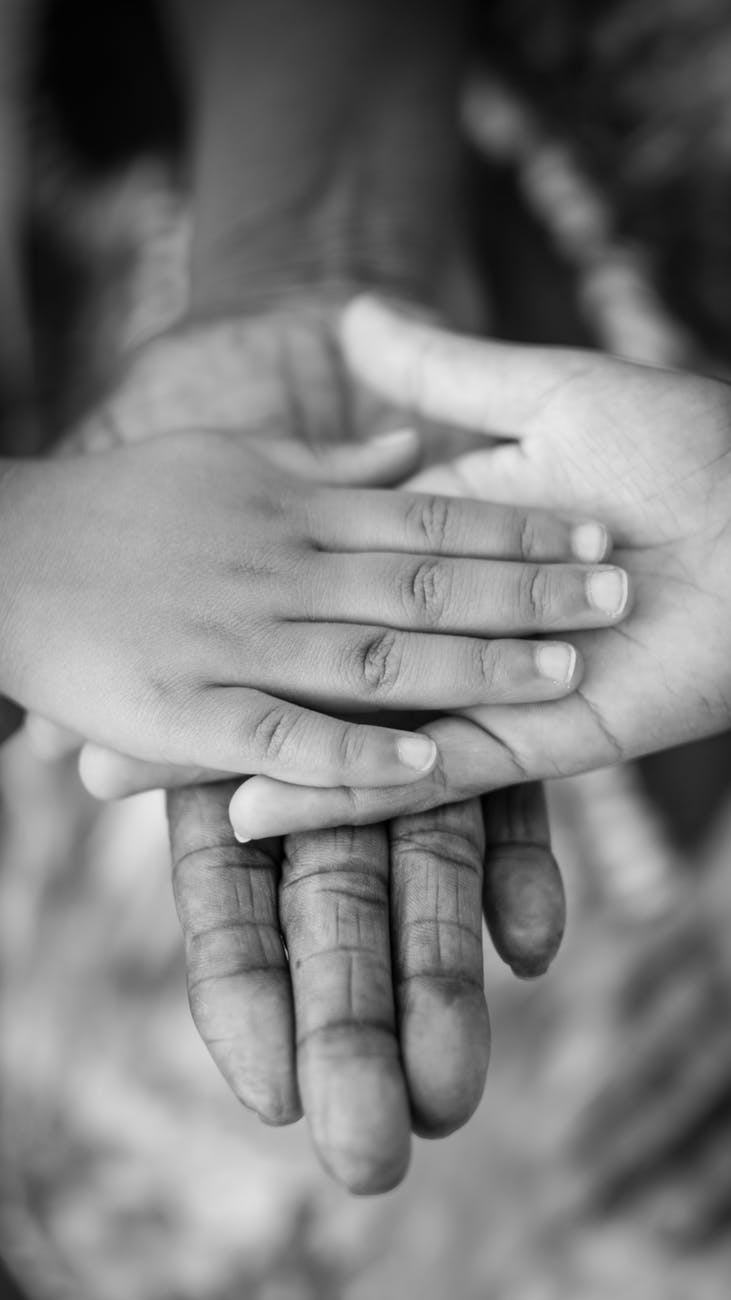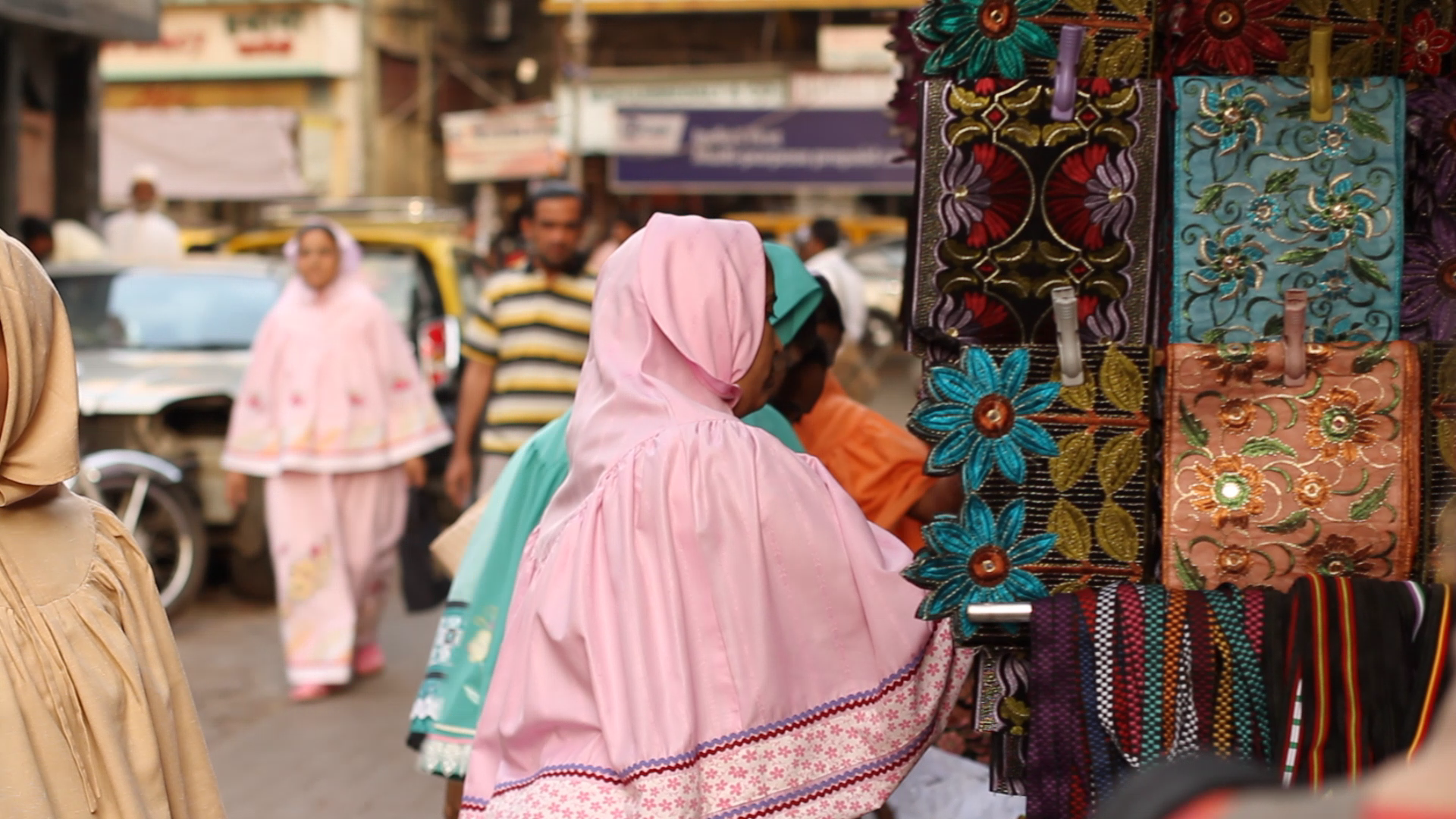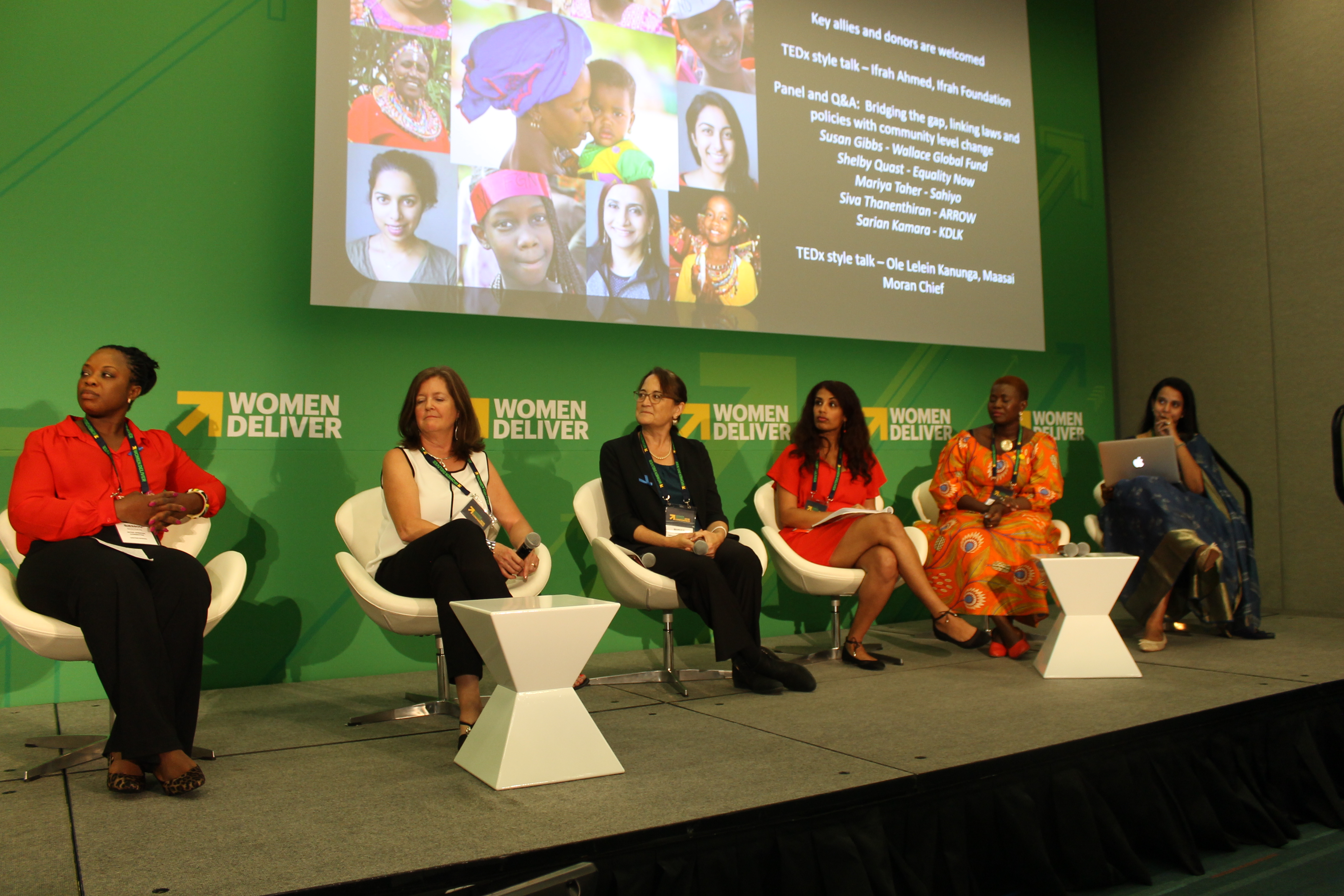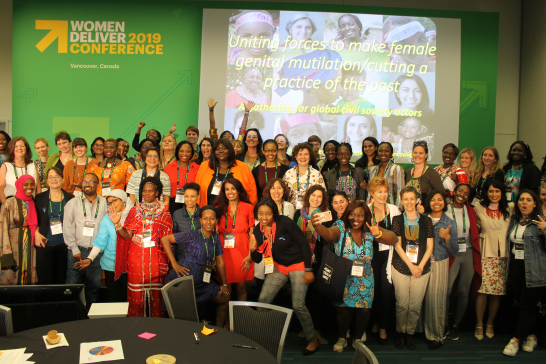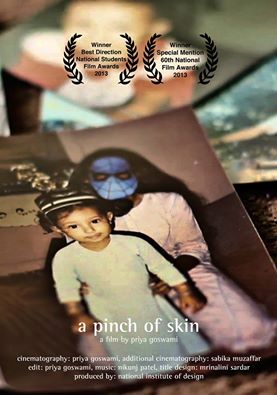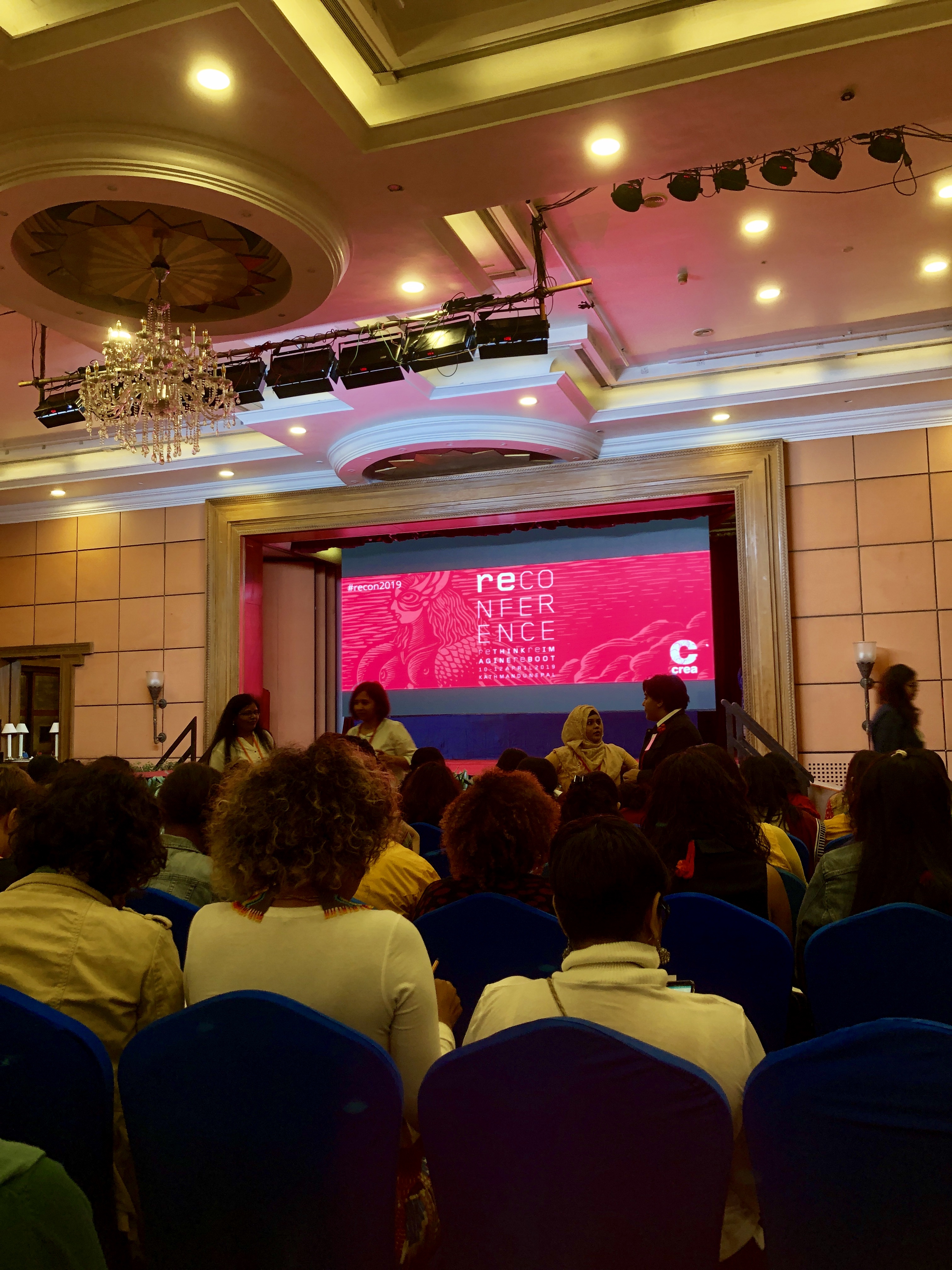Tradition and patriarchal elements of FGC
By Saza Faradilla
Country of Residence: Singapore
This blog post is the third in a four-part series about female genital cutting (FGC) in Singapore. This third installment explains some of the reasons the interlocutors provided for practicing FGC, including tradition and the control of female sexuality within patriarchy. Read part one here. Read part two here.
Reasons for FGC: Tradition
Many of my interlocutors allude to adat or Malay tradition when asked for reasons they practice FGC. They view it as a normalised and long-established cultural tradition, which is often performed without question. There are also some interviewees who believe this leads to the unity of the community and is intrinsic to the Malay identity. However, those who are unsupportive of FGC question the premise of this tradition and that if there is no rational or logical reason behind it, “it doesn’t make sense to blindly follow it.”
According to Gabriele Marranci, “FGC is transmitted generation after generation as an ordinary act of Malay Muslim identity. It can be considered an integral part of Malay Muslim birth rituals and is linked to a specific Malay Muslim identity. Malay Muslims often say, “We do this because it is our tradition. It is something that all Malay Muslims share both here in Singapore and in Malaysia.” Indeed, many of my interlocutors also agree that this practice has been very much normalised in Singapore. “This is tradition: sisters, granddaughters, daughters all do it, said Fauziah, an interviewee. “This is a strong Malay tradition, we can encourage it, but don’t force. It’s a natural next step.”
This tradition is usually passed down a matrilineal lineage, with the grandmothers and mothers of the family encouraging and sometimes even forcing their children to cut their granddaughters. This could be due to the division of labour in Malay families, where women usually take care of matters concerning the children’s development and well-being, while the father provides the economic means to raise them. As such, many men would leave the decision-making regarding the execution of FGC to their wives. They might not even want to know anything about it. It is considered too insignificant for fathers to have a stake or say in the issue.
However, those who are against FGC view the unquestioning nature of this practice as symptomatic of a larger problematic trend of traditionalism within the Malay community. “People do not question or discuss this, and it is a problem that it is not critically discussed,” said Ermy, another interviewee. “People just do it blindly, and so this might cause harm and injury.” Many Malay families continue this practice in an inadvertent manner, and one that is continued not because it is “actively better” but because it is just not worse. As such, FGC is simply passed down and accepted rather than its rationale being questioned or challenged.
At the same time, I noticed that amongst those interviewed, younger people (around the ages of 20-40 years old) are unwilling to perpetuate FGC if the sole reason is tradition. “If it’s just based on tradition, it doesn’t make sense to do something like that,” Hanisah, a 38-year old teacher, said. “Culture is not important to keep if it is causing pain.” Many younger Malay Singaporeans do not view FGC as something that possesses active benefits, and therefore, they do not see the point or logic in continuing it.
Control of female sexuality within patriarchy
Seven out of my eight interlocutors who support FGC readily admit that the cut is important to control women’s sexuality. According to them, FGC is to “cut down on the girl’s sexual desires (nafsu).” They suggest that “by nature, women have a higher sex drive, and so this is to lower chances of sex before marriage.” When asked to explain precisely how FGC leads to lowered sexual desire, or how this relationship can be measured, most interviewees are uncertain. In fact, I had a rather drawn-out conversation (complete with drawings on both our ends), about how the removal of the clitoral hood actually reveals the clitoris more, and so that logically follows that it is more easily stimulated, and therefore, might lead to higher sexual satisfaction. Even though supporters of FGC might be unsure how FGC affects sexual desire, the principles they hold for that view is important to acknowledge.
Believing that FGC is important to control female sexuality might be reflective of the prejudices and biases against women in the Malay community. These traditional values may have arisen because women are traditionally seen as the bearers of morality in societies. As such, it is important within the Malay community to ensure that women uphold important societal values and any potential for deviance is weeded out as soon as possible.
(The fourth and final installment will provide an analysis and concrete methods of engaging with discourses on FGC at the individual, community, governmental and international levels.)
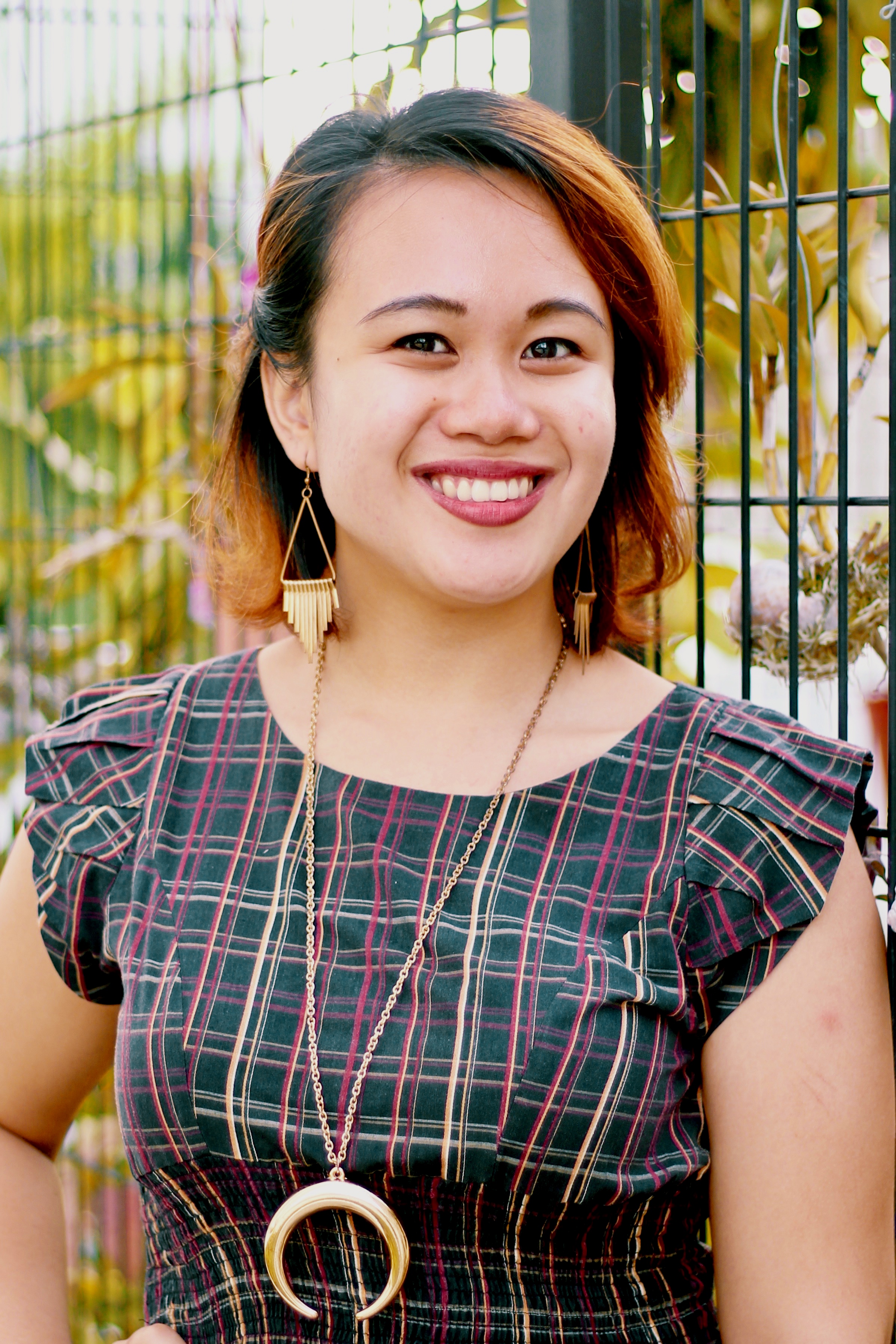 Saza is a Senior Executive of service learning at Republic Polytechnic in Singapore. She recently graduated from Yale-NUS College where she spent much of her college life developing her thesis on female genital cutting in Singapore. A highly under-researched, misunderstood and personal issue, Saza sought to understand the reasons behind this practice. She ends her thesis by advocating for medical and religious leaders to step up and clarify the fatwas and medical criteria surrounding this procedure in Singapore. Saza is passionate about women’s rights and empowerment and seeks to assist marginalized populations as much as possible.
Saza is a Senior Executive of service learning at Republic Polytechnic in Singapore. She recently graduated from Yale-NUS College where she spent much of her college life developing her thesis on female genital cutting in Singapore. A highly under-researched, misunderstood and personal issue, Saza sought to understand the reasons behind this practice. She ends her thesis by advocating for medical and religious leaders to step up and clarify the fatwas and medical criteria surrounding this procedure in Singapore. Saza is passionate about women’s rights and empowerment and seeks to assist marginalized populations as much as possible.


